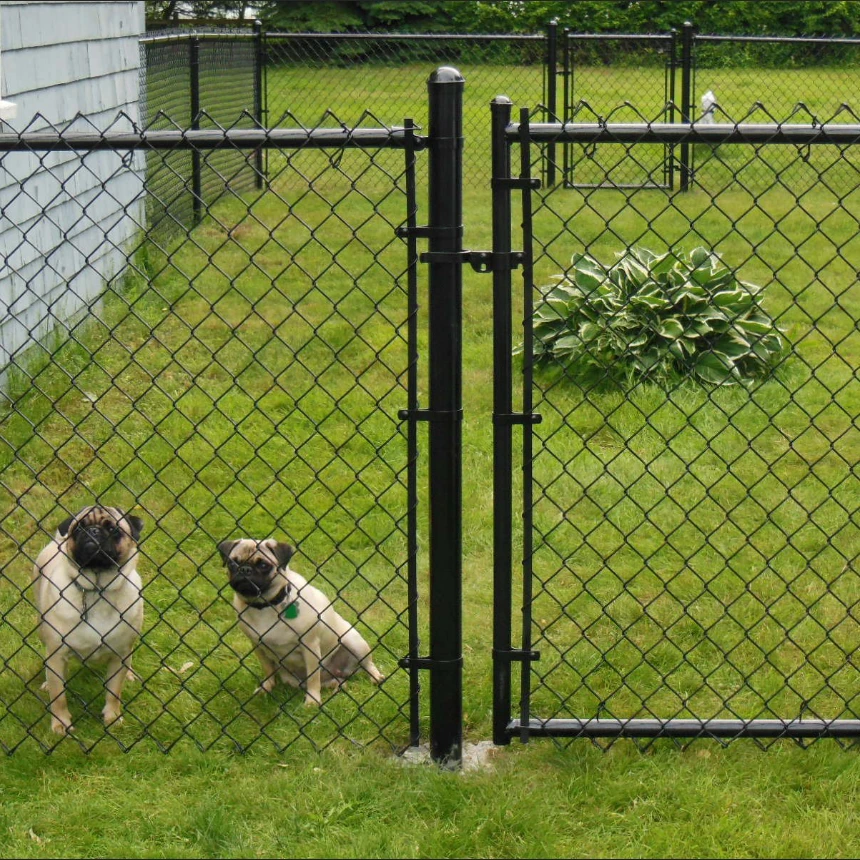Affordable Barbed Wire Prices | Buy High-Quality Rolls Online
The Price of a Roll of Barbed Wire Factors and Implications
Barbed wire is an essential product used in various applications, from agricultural fencing to security barriers. Understanding the price of a roll of barbed wire is crucial for farmers, ranchers, and anyone involved in property management or security. Factors influencing the cost of barbed wire include material costs, market demand, production methods, and technological advancements.
Material Costs
The primary material used in barbed wire production is steel, which is subject to fluctuations in the global market. Prices for raw steel can vary significantly based on several factors, including tariffs, energy prices, and the availability of iron ore. In recent years, the steel industry has faced price volatility, often driven by economic cycles or geopolitical tensions. When the price of steel increases, the cost of manufacturing barbed wire correspondingly rises. Additionally, the type of coating on the wire—such as galvanized, PVC-coated, or stainless steel—can also affect costs, with galvanized wire being more affordable than its stainless steel counterpart.
Market Demand
Market demand plays a vital role in pricing. During periods of economic growth, the demand for agricultural products tends to increase, leading to a higher need for fencing materials. Conversely, during economic downturns, demand may decrease as agricultural production slows. Seasonal factors also come into play; for instance, spring is typically a peak time for purchasing barbed wire for fencing livestock, leading to potential price hikes due to increased demand. Understanding the cyclical nature of the agricultural market can help consumers anticipate price changes.
price of roll of barbed wire

Production Methods
Advancements in production technology can impact the price of barbed wire. Traditional manufacturing methods may be costlier than modern techniques that employ automation and streamlined processes. Companies that invest in technology can produce barbed wire more efficiently, leading to lower prices. However, these initial investments can be high, and smaller manufacturers might struggle to compete, potentially resulting in higher prices for consumers. It’s essential for buyers to consider the reputation and operational efficiency of the manufacturer when evaluating prices.
Supply Chain Dynamics
The supply chain also affects barbed wire prices. Transportation costs, logistical challenges, and inventory levels can all contribute to fluctuations in pricing. Disruptions, such as natural disasters or geopolitical conflicts, can increase shipping costs and delay production, resulting in price spikes. Moreover, the rise of online purchasing avenues has altered how consumers source barbed wire. While convenience might lead to increased prices from online retailers, local suppliers may offer competitive rates.
Conclusion
In summary, the price of a roll of barbed wire is determined by a complex interplay of factors, including raw material costs, market demand, production methods, and supply chain dynamics. Consumers should remain informed about these elements to make educated purchasing decisions. As the agricultural and construction industries evolve, staying updated on pricing trends not only impacts business profitability but also influences broader economic activities. By understanding these factors, buyers can better navigate the market, ensuring they get the best value for their investment in this essential fencing material.
-
Space-Saving Chain Fence Hacks Vertical Gardening with Cyclone MeshNewsJul.16,2025
-
Innovations in Iron Nail Wire Production for Modern ConstructionNewsJul.16,2025
-
Creative Uses of Wire Netting Fence in Modern Landscape DesignNewsJul.16,2025
-
Barbed Wire Fence Innovations in Anti-Climb TechnologyNewsJul.16,2025
-
Architectural Uses of Umbrella Nails for Aesthetic Roof DesignsNewsJul.16,2025
-
Architectural Uses of Razor Barbed Wire in Secure Urban DesignNewsJul.16,2025




